When Steve Jobs showed off the MacBook Air to a collective gasp from the tech industry one decade ago, nobody could yet know its importance as a harbinger of Apple's future.
The original, teardrop-shaped MacBook Air was not long for this world. It was expensive, underpowered, prone to overheating, and came with a fiddly flip-down door that hid its meagre selection of ports.
None of that mattered.
The MacBook Air that Steve Jobs slid with his characteristic flourish out of manila envelope was seemingly designed to be as much an object of lust and technical showpiece as it was a shipping product.
Like the now-famous song that came with it, the MacBook Air truly was "a new soul."
Its svelte physique was made possible in part by Apple's innovations in production-scale CNC machining, a practice now widely used but unheard of in consumer products of the day. The bespoke Intel chip whose descendents would later power an avalanche of ultrabooks was, for that moment in time, an unbeatable technological advantage.
Yes, it was Apple's way of saying "shut up about netbooks," but it wouldn't be until the 2010 release of the second-generation Air with better processor options and more ports that the laptop truly came into its own. That first MacBook Air was for something different - it was a coming out party.
It was a bold pronouncement of Apple's mobile-first future.

The company no longer saw people chained to a desk. It saw work (and play!) being done in the living room, on a beanbag, in a park, or in the sky.
To be sure, inklings of that vision were first revealed with the iPhone a year earlier. It took the MacBook Air, though, to fully articulate it.
That vision continues to flourish with the iPad, iCloud, larger iPhones, and the iPad Pro with Apple Pencil.
Today, the MacBook Air survives largely thanks to inertia. It never got a Retina display and has been surpassed as Apple's best thin-and-light option by the 12-inch MacBook and even the 13-inch MacBook Pro. Windows-based Ultrabooks perform acrobatics the Air could never dream of.
That means that when the MacBook Air is inevitably removed from shelves, few will mourn its loss as a product. Some of us, though, will remember it fondly as the standard bearer of a new era.
 Sam Oliver
Sam Oliver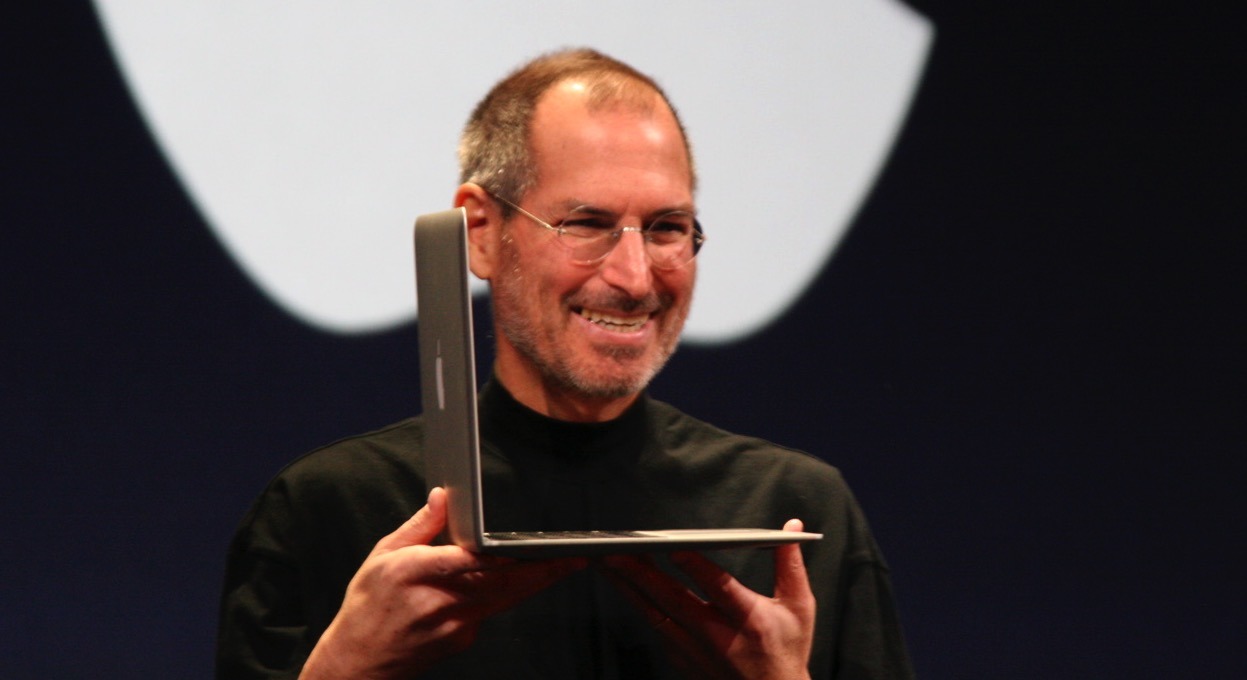

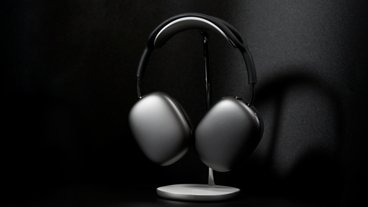

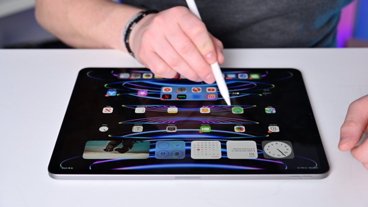



-m.jpg)





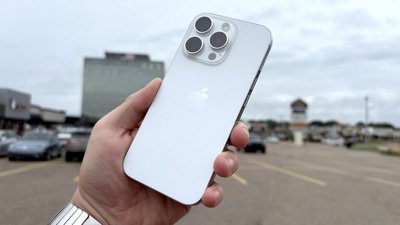
 William Gallagher
William Gallagher
 Wesley Hilliard
Wesley Hilliard
 Malcolm Owen
Malcolm Owen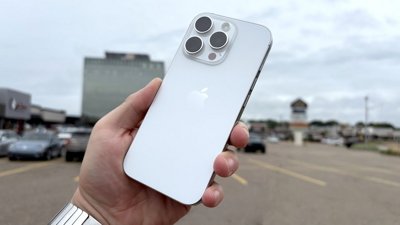
 Mike Wuerthele
Mike Wuerthele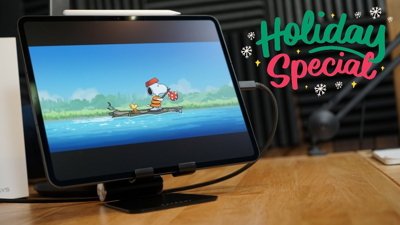
 Christine McKee
Christine McKee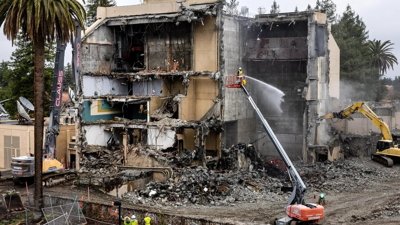

 Sponsored Content
Sponsored Content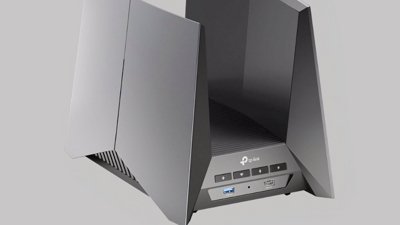

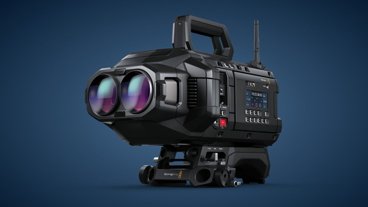




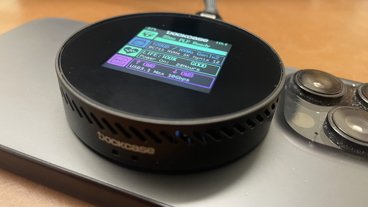

44 Comments
The final iterations of the MBA were the best consumer macs ever. The MacBook is not a worthy replacement for the MBA.
It lives on not because of inertia, but because even with higher weight, generations older processor and an outdated screen, the MBA’s longer battery life, additional ports, superior keyboard, reliability and better price make it a vastly better value proposition. Especially for schools.
I can honestly say I have never seen a MacBook outside a shop, while MBAs are everywhere.
edit PS: I don’t have to wait until it is removed from shop shelves to mourn the loss of the MBA. The MBA/MacBook comparison is a symbol all on its own of the state of the Mac today. One other thing to add to my rant: The iPad Pro could eventually replace the MBA, once it gets proper file management, and the ability to access peripherals as easily as a laptop (you know, widely used ports). iOS 11 helps, but the circle is still only one quarter closed.
Frame of reference, (1996) 1400c, my best friend during Graduate School vs. (2014) 11" Air .
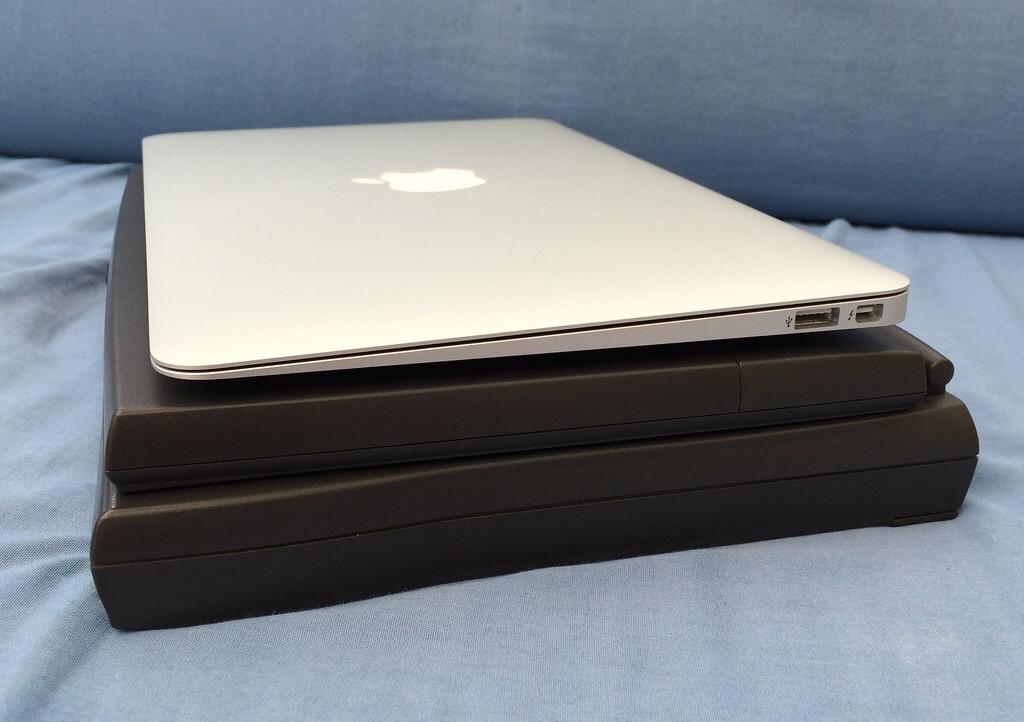
I hope that they don't kill it -- although I admit that it looks that way.
The MBA could fill that void left in the rush to the ultra thin & light laptop with few ports....
... That may be old fashioned and I know that Apple doesn't go that way -- but I suspect that there are many who would welcome an updated version...
Few will mourn its loss? I know a lot of people that are buying one now while it's still possible so they have one for the next six years or so. It still is a great laptop, relatively cheap, fast enough, and thankfully still without a glossy screen. Bought my second one last year and very happy with it.